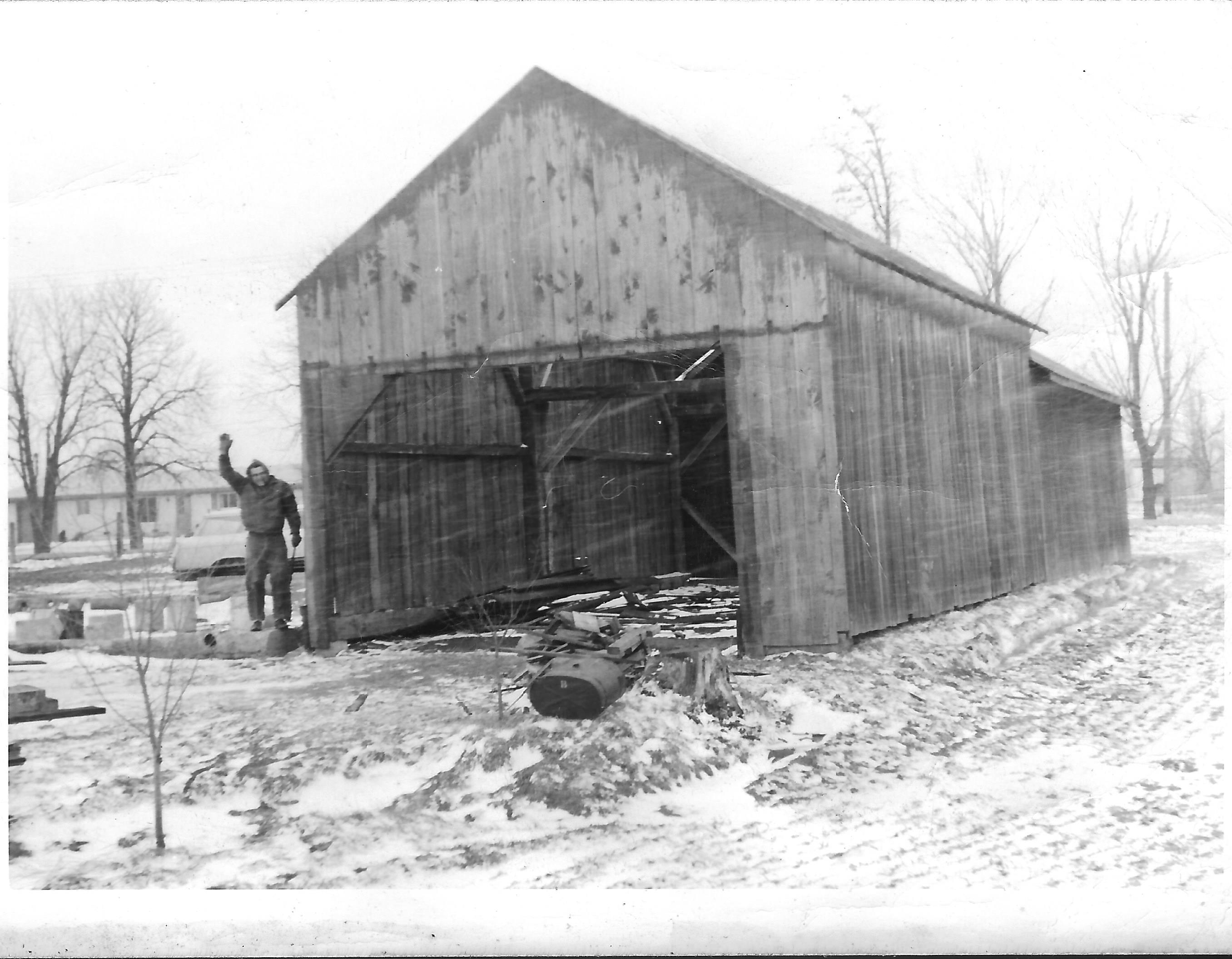


currently unavailable Extremely Durable Oak with Thick Dark Green Leaves and Compact Dense Growth Habit
This seedling selection of oaks comes from a mix of hybrids in our planting that are considered natural dwarfs and stay green late into the fall. The tree structure can be an open upright pyramid while some are more oval in shape with a rounded top. All have thick, semi-evergreen leathery leaves. Excellent tree for very poor soils. Small acorns are produced almost yearly. Many of the seedlings are also natural crosses with larger leaved nearby white oaks in our plantings.
This seedling oak hybrid was given the name 'asmusiana' by a nomenclature organization by Dr. John Tucker U.C. Davis. The original trees were found naturally in my seedling plantings of Garry Oak and Dwarf Shrub Oak. The acorns were collected in an arboretum of both of those species which were next to each other in the planting. I grew many hundreds of these seedlings and found some very cool looking hybrids which I put out in my orchard. As I was doing this a great deal of winter damage occurred eliminating the weak trees. Garry oak is not a particularly hardy tree and the shrub live oak does not like winter moisture. Two things which winnowed out those trees less adaptable for my climate. The result were these amazing trees with cool looking foliage as well as fertile acorns which outcross to other oaks. As is, this seed strain represents a way to establish oak trees in areas where few trees of any type can survive. To me they are like a cross between a cactus and a sugar maple. You have this amazing wire like tap root and a foliage which can withstand high temperatures and droughty soils. This also could lead to clonal reproduction for rooting oaks for drought conditions for high altitude arid soils and for alkaline conditions. But from seed, it is amazing the fantastic durability and hardiness of these rather compact miniature oak trees.
| Plant Specs |
| Genus & Species |
Quercus x asmusiana (garryana x turbinella) |
| Seed Source |
Michigan |
| Hardiness |
-25F or more. |
| Height (ft) |
15-20 |
| Width (ft) |
10-15 |
| Pollination Requirements |
Will cross within itself and also with other white oak types. Probably self fertile to some degree. |
| Soil |
Sandy, rock, dry soil is best but possibly others. Has not been tested much outside of my farm. |
| Climate |
Zone 3-9. Dry climate is best with drier air conditions. |
| Ease of Cultivation |
Once established very dense and robust for a small tree. Not a particularly fast growing oak however some individuals do well it is not like a red oak in speed. The seedlings put on side branching at a young age and begin fruiting when they reach 8-12 ft. tall. This took roughly 10-15 years to occur at my farm. So not that precocious in the first generation but it could be very easy to improve on this. Cultivars could be developed but for the use outside ornamental oaks, it is not really necessary and there is only slight benefits unless done with the intention of improving the whole population. |

